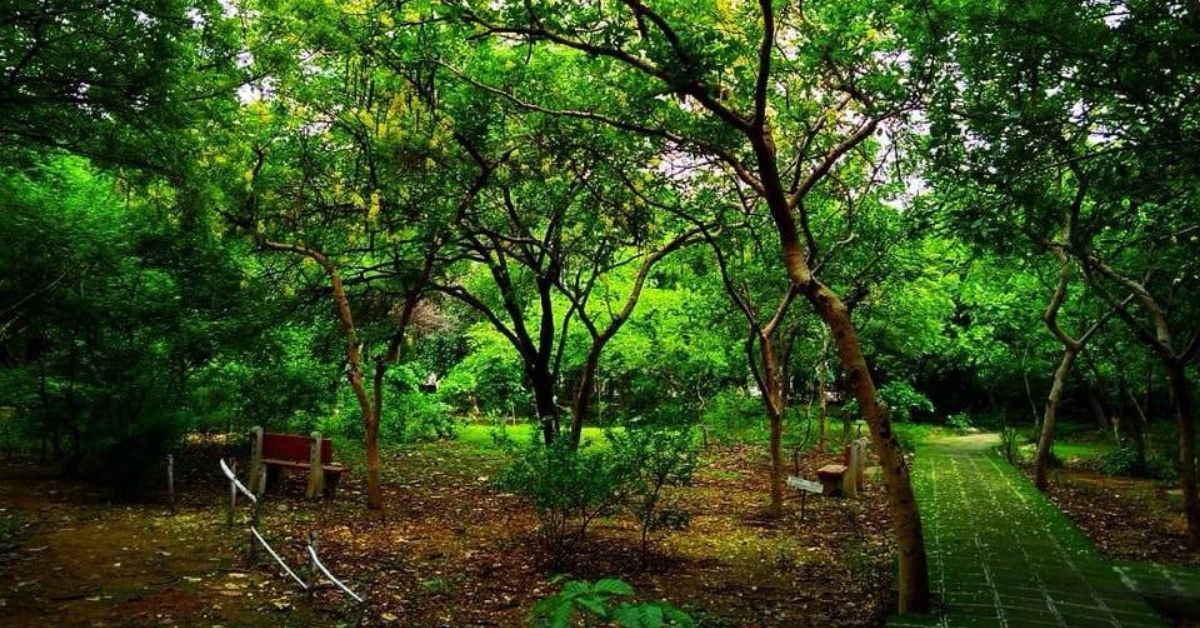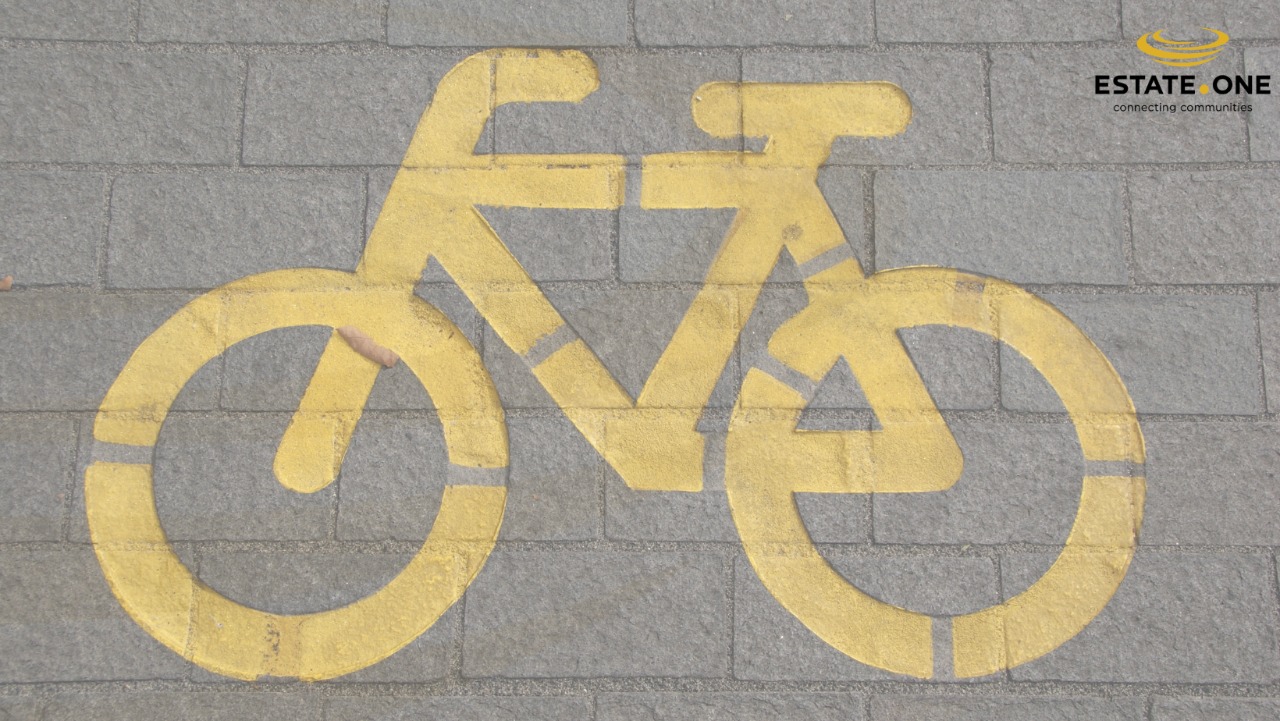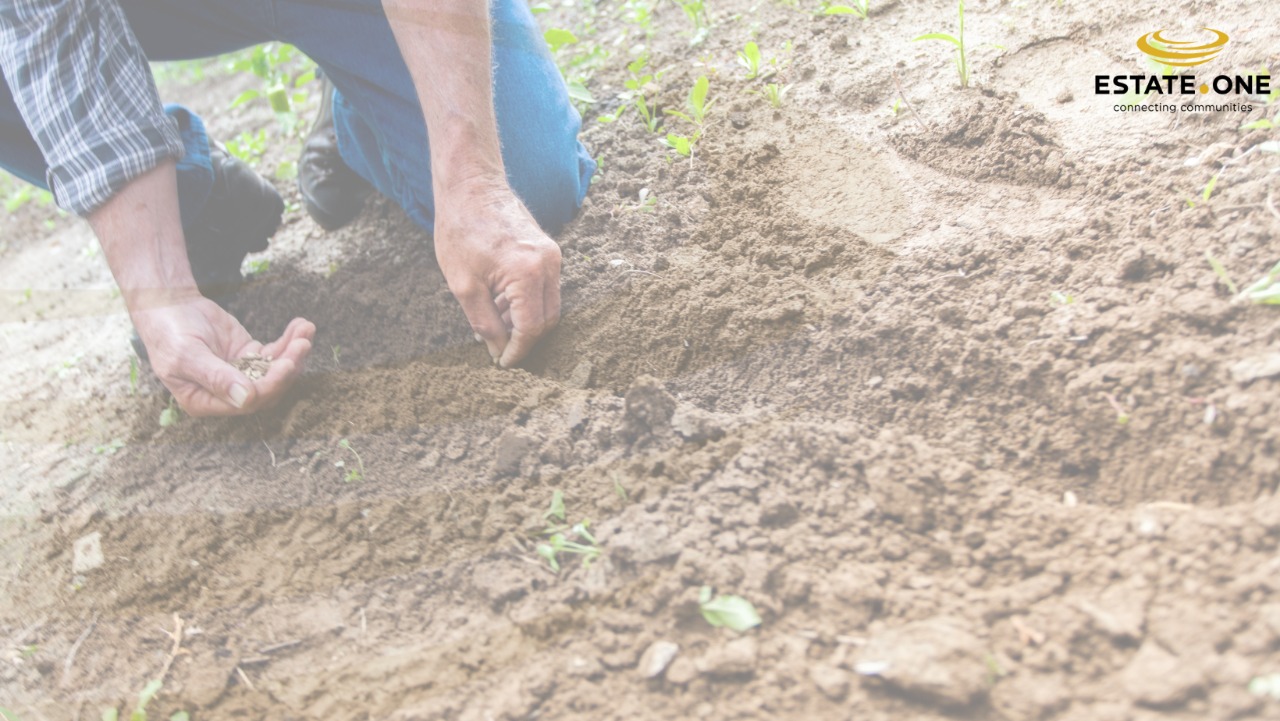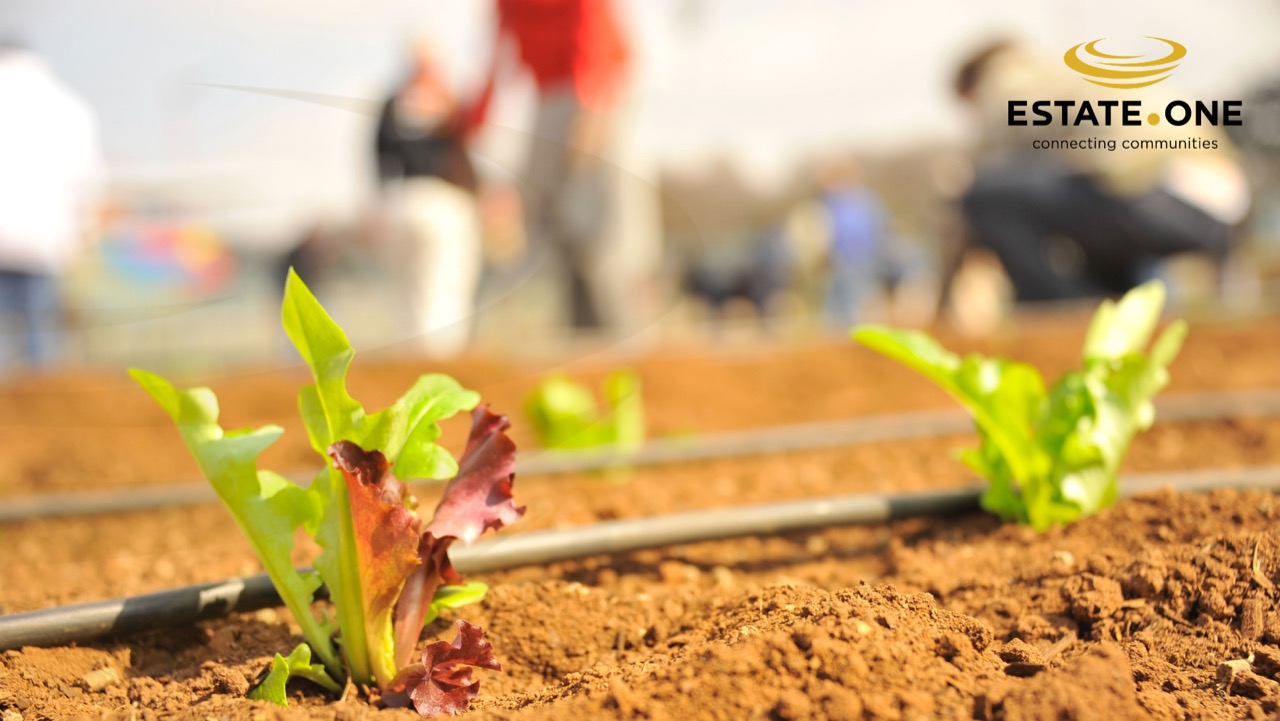
Do you know about the Green spaces in Bengaluru?
The sudden increment in urbanization post-1990’s could be observed due to the industrial revolution (in Peenya, Rajajinagar, Koramangala). Post-2000, Government’s push to software sectors led to large scale land-use changes with urbanization in the White field, Electronic city, Domlur, Hebbal, due to private players and development of Special Economic Zones.
Bangalore, once branded as the Garden city due to dense vegetation cover, which has declined from 68.27% (1973) to less than 15% (2013). Similar to vegetation, Bangalore was also known as city of lakes for numerous lakes that were present (209 lakes). The impact of urbanization has diminished lake bodies (93 lakes as per 2011) (Figure 4) and also loss of feeder canals (rajakaluve). The water bodies have reduced from 3.4% (1973) to less than 1% (2012). Other land uses have changed from 20.35% (1973) to 17.49% (2012). During the last four decades, there has been a 925% increase in paved surfaces (buildings, roads, etc.) with the decline of vegetation (78%) and water spread area (79%), highlighting unplanned urbanisation leading to the loss of ecology and biodiversity.



